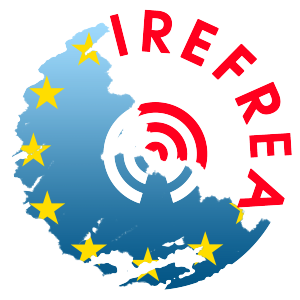Sexual Harassment among Young Tourists Visiting Mediterranean Resorts.
Calafat A, Hughes K, Blay N, Bellis MA, Mendes F, Juan M, Lazarov P, Cibin B and Duch MA .
(2012) Arch Sex Behav , DOI: 10.1007/s10508-012-9979-6.
ABSTRACT
Despite the known increase in substance use and risky sexual behaviors among young people during holiday periods, issues of sexual harassment (SH) and having sex against one’s will (SAW) have not received adequate attention. .
We implemented a cross-sectional airport-based study to identify experience of SH and SAW in 6,502BritishandGermanholiday makers aged16–35 years visiting tourist resorts in Southern Europe (Crete, Cyprus, Italy, Portugal, and Spain) in summer 2009. Across all participants, 8.6% reported SH during their holiday and 1.5% reported SAW. Women reported higher levels of SH than heterosexual males. However, gay and bisexual males reported SH levels similar to females and the highest levels of SAW. Of 19 predictor variables tested, ten were independently associated with SH. SH was increased in those who were visitors to Mallorca or Crete, British, younger, female, gay or bisexual, frequently drunk on holiday, cocaine users, and attracted to bars where people get drunk, or where there are opportunities for sex. Among 13 predictor variables tested for SAW, four were significant. SAW reduced in those visiting Cyprus, and was strongly associated with being a gay or bisexual male, using cannabis on holiday and being attracted to bars where there were opportunities for sex.
Holiday resorts represent a key location for SH and SAW, especially for holidaymakers who get drunk and use drugs. Preventive programs can raise awareness of the risks of unwanted sexual encounters on holiday and work with the tourist industry and tourist authorities to develop environments where sexual aggression is not tolerated.



